There are two main factors determining the price of a drone: the functionalities and the quality of video and photos
The majority of DJI drone’s features are designed for filming. For example, the intelligent flight modes, tracking capability, master shots, and quick shots are not particularly useful for users focused on still images. Most drone reviews concentrate on footage quality and we rarely see comparisons of the different models in terms of still images
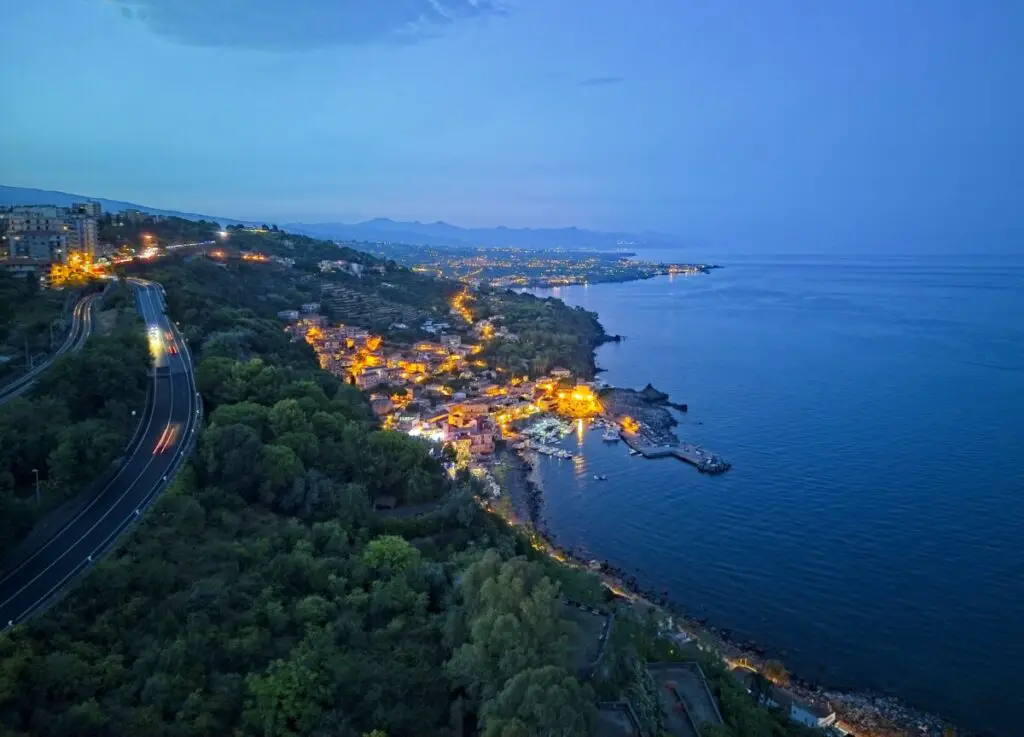
But many users are mostly interested in photography, so I will compare the DJI Mini 3 and 3 Pro to the Air 2s and to the Mavic 3 taking into account only the features relative to photography and the quality of still images. There might be some interesting surprises in terms of value for money
If you are in the market for a lightweight model, check my article Mini 3 vs Mini 3 Pro vs Mini 2
If You Prefer To Watch This As a Video
Specs for Photography of DJI Mini 3, Air 2s, and Mavic 3

The Mini 3 and 3 Pro have a 1/1.3” sensor, much bigger than the one of the Mini 2, a field of view equivalent to 24mm, a very wide aperture of f 1.7, and a photo resolution of 12Mp. Both models are able to rotate the camera to a vertical position to take photos in portrait mode
The Mini 3 Pro offers a lot of extra functionalities which justify the difference in price, but most of them are only useful for video
The major difference between the two models in terms of photography is the absence of the 48 MP mode in the Mini 3. The basic model also lacks hyperlapse functionalities which are present in the Mini 3 Pro
The Air 2s has a bigger 1” sensor with a field of view equivalent to 22mm, an aperture of f 2.8, and a photo resolution of 20 MP
The Mavic 3 and Mavic 3 Classic have a massive 4/3” sensor with a field of view equivalent to 24 mm, and a photo resolution of 20 MP, the same as the Air 2s. It is the only model with a variable aperture from f 2.8 to f 11, a useful feature in photography for more flexibility while exposing
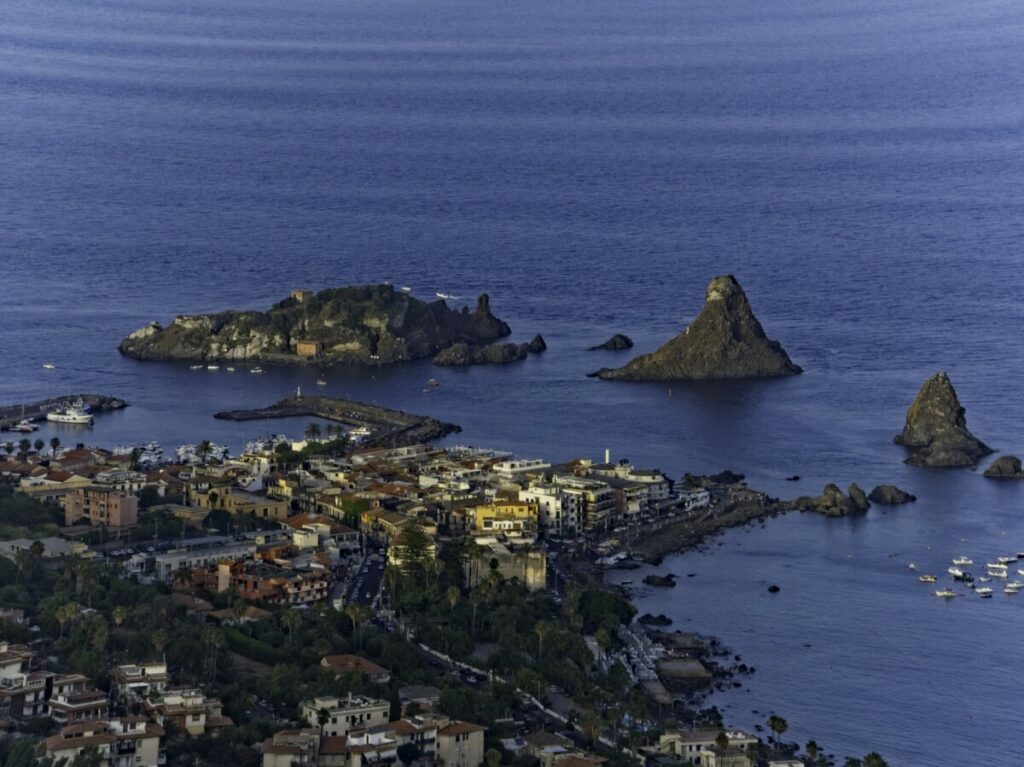
The Mavic 3 is supplied with a dual-lens system, including a telephoto lens with a field of view equivalent to 162mm with a 7x magnification, another very appealing functionality for unusual aerial photos. The telephoto lens is not available in the Mavic 3 Classic, it is the only difference between the two models.
Here is my in-depth analysis of the telephoto lens of the Mavic 3
Mini 3 vs Air 2s vs Mavic 3 Top Down Photography
Let’s start this comparison with some top-down images, taking the sky out of the equation to concentrate on contrast and color rendition
For editing and color grading all the images I have used the excellent Luminar Neo, the tool I use for editing and managing all my photos. Click on the link for an in-depth analysis of this program
The Mini 3, the Air 2s, and the Mavic 3 in top-down photos are surprisingly close in terms of detail, even in the deeply zoomed-in images it is hard to spot noticeable differences. There are some small differences in color rendition, but it is hard to say that one model is better than the others, it is a matter of personal taste
I have done an article about 9 tips and tricks for epic drone photography which may interest both beginners and intermediate users
DJI Mini 3 and 3 Pro
The camera of the Mini 3 is exactly the same as the one of the Mini 3 Pro. For photography, the only main difference is the 48MP mode available in the more expensive model, I will analyze it later on
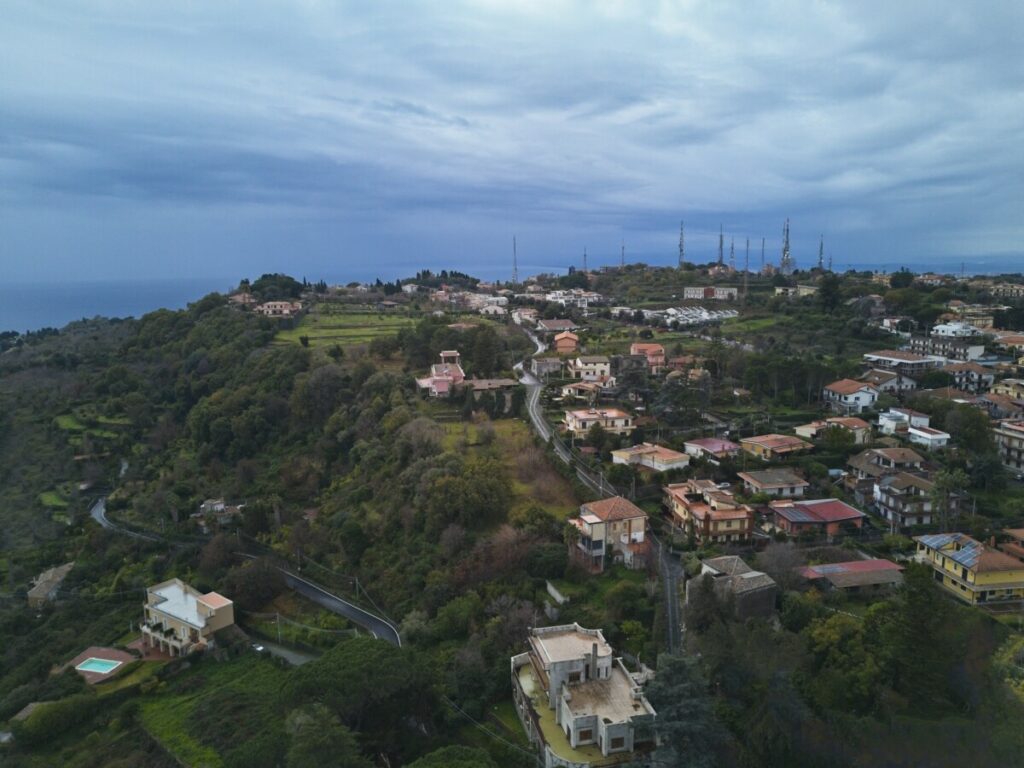
A few years ago the difference in photo quality within DJI’s prosumer line was immediately noticeable, it is not the case anymore. The quality of photos with the Mini 3 is astonishing, a big step forward compared to the Mini 2: the color rendition is nice and the RAW files respond quite well to editing
My in-depth article on photography with the Mini 3 Pro. After the release of the basic, more affordable Mini 3, I have made a specific comparison of the Mini 3 and 3 Pro for photography
Against the Sun
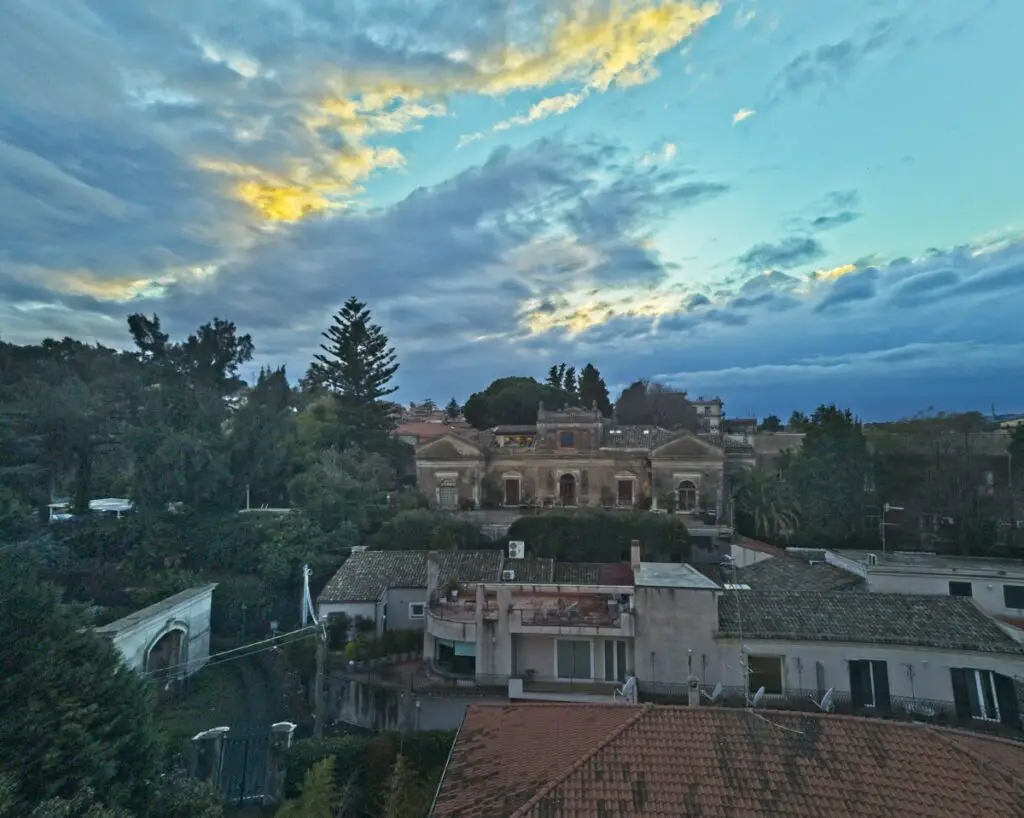
The dynamic range is surprisingly good and the quality of the lens has improved a lot: even in images shot against the sun, flare and chromatic aberrations are well contained
Low-Light Photos
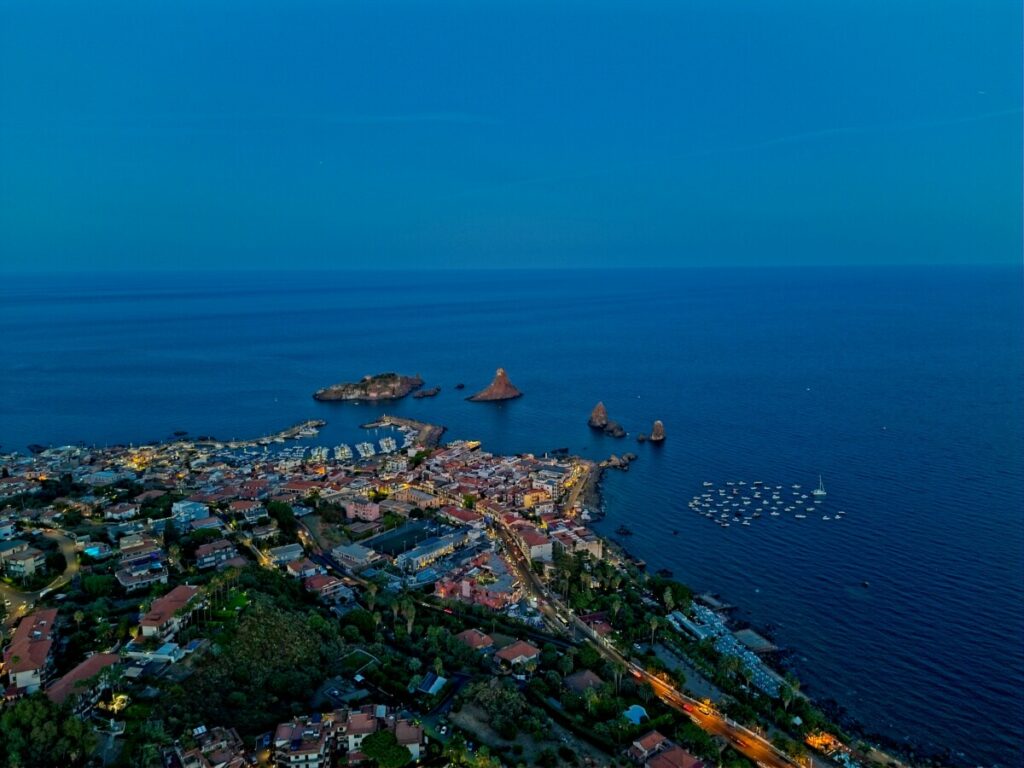
The area where the Mini 3 really shines is low-light photos. Thanks to the very wide aperture of f 1.7, images shot at night are simply mesmerizing, with beautiful color rendition and not a hint of noise. In this department, the Mini 3 seriously challenges the Air 2s and Mavic 3
My in-depth article about night photography with the Mini 3 Pro
Vertical Photos
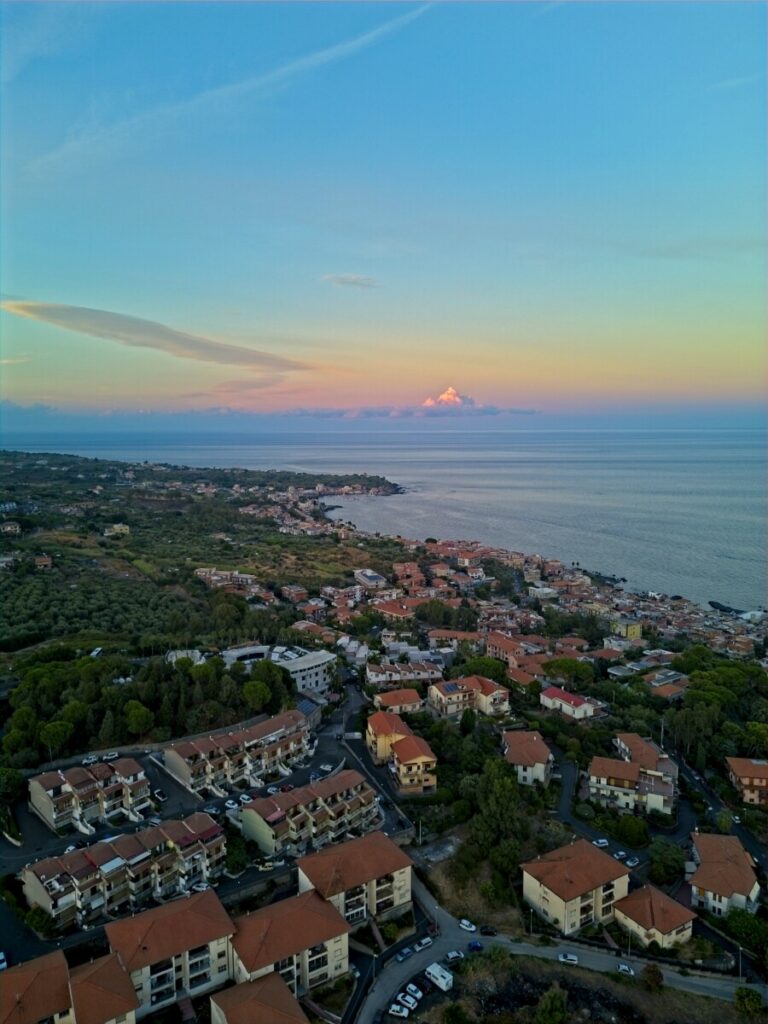
The possibility to take still images in vertical format is a great addition to the Mini 3 and 3 Pro for extra creativity. It is a big plus for users involved in social media platforms, or to manually create vertical panorama photos
Lightweight
The weight below the threshold of 249 grams is a clear advantage for more relaxed regulations and for portability. On the other hand, the wind resistance is not the same as the two bigger models, so it is not recommended for users living in very windy areas
48 MP mode
Due to the lower 12 MP resolution, there is less room for reframing and cropping or for large prints compared to the Air 2s and the Mavic 3, this is where the 48MP mode should come into play. The 48 MP is the main extra feature for photography in the Mini 3 Pro
With previous versions of the firmware, the weak point of this drone was a lack of detail in elements in the background. The 48 MP mode in easy light conditions is meant to partly improve things. But after a few updates, the detail of the 12 MP photos has clearly improved and I don’t notice any difference in detail compared to the 48 MP, even at very deep zoom levels
My in depth article about the 48 MP mode with the Mini 3 Pro
Mini 3 or Mini 3 Pro for Photography?
For most users, I suggest going for the Mini 3 Pro compared to the Mini 3, in spite of the price difference, due to the powerful extra features of this model. But the majority of these features apply only to footage
For users only interested in photography the basic Mini 3 is certainly a very competitive offer with only two major limitations compared to the Mini 3 Pro: it doesn’t have hyperlapse capabilities, and there are no obstacle sensors, so a lot of care is needed when flying
More Mini 3 Photos
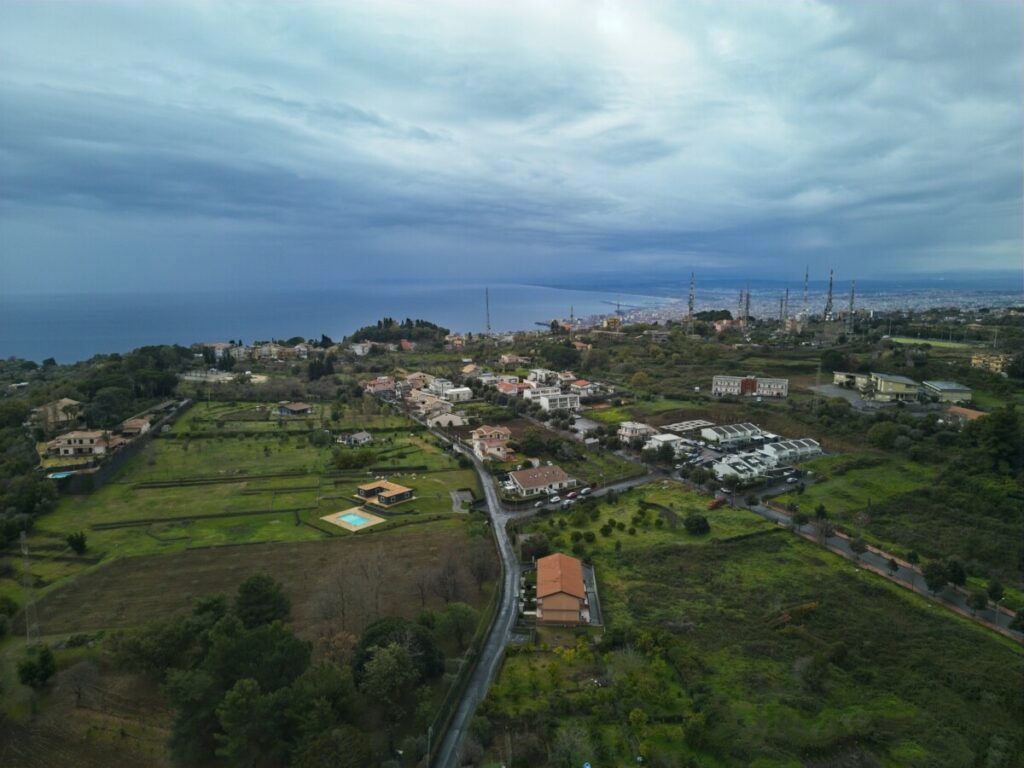
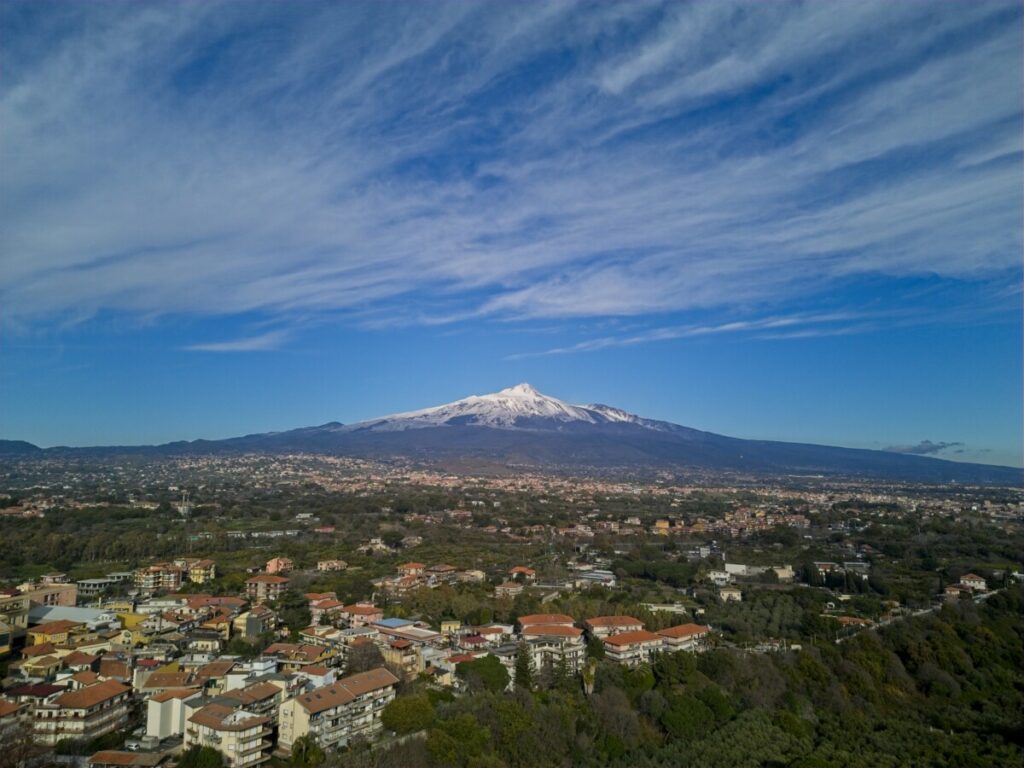
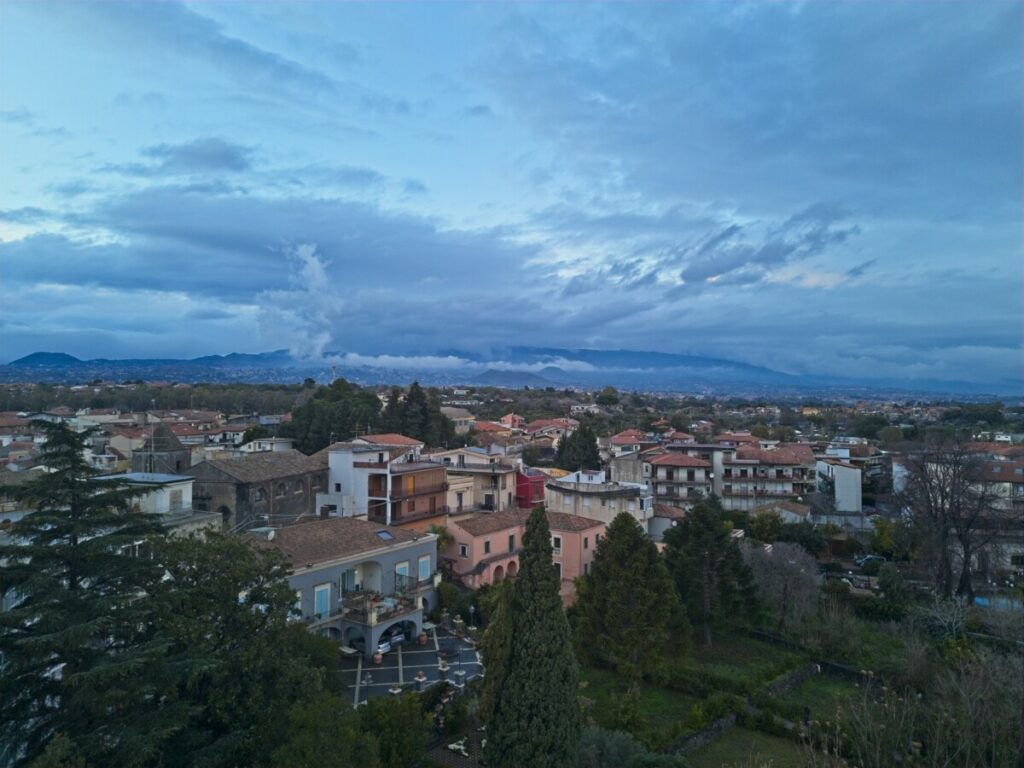
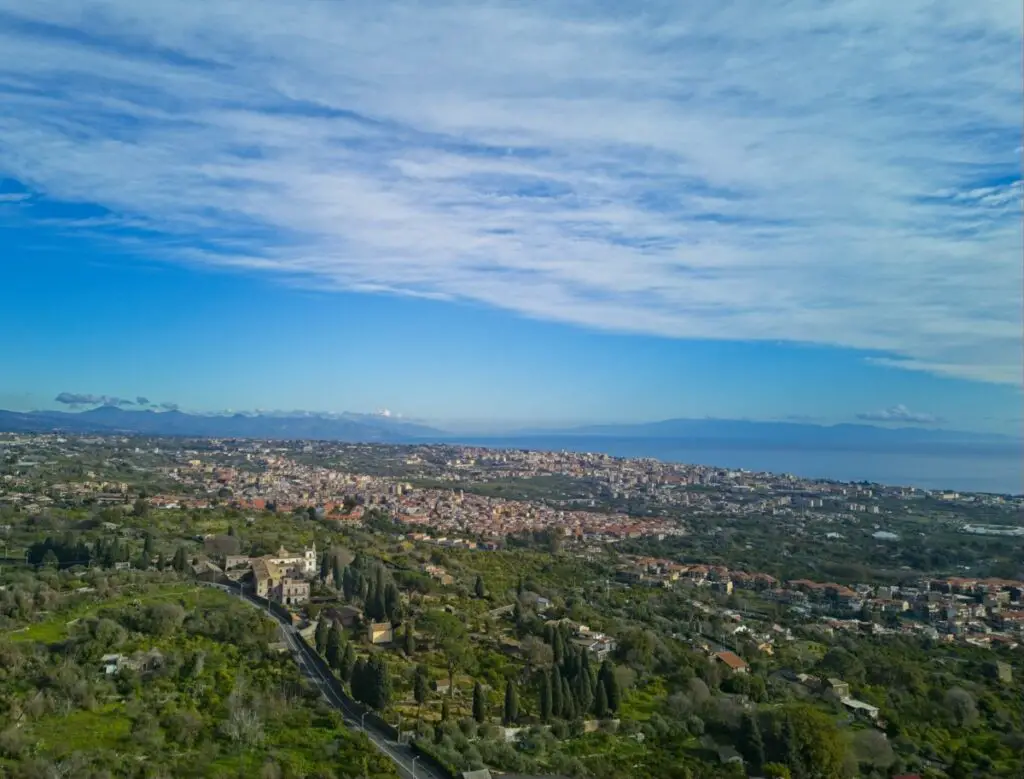
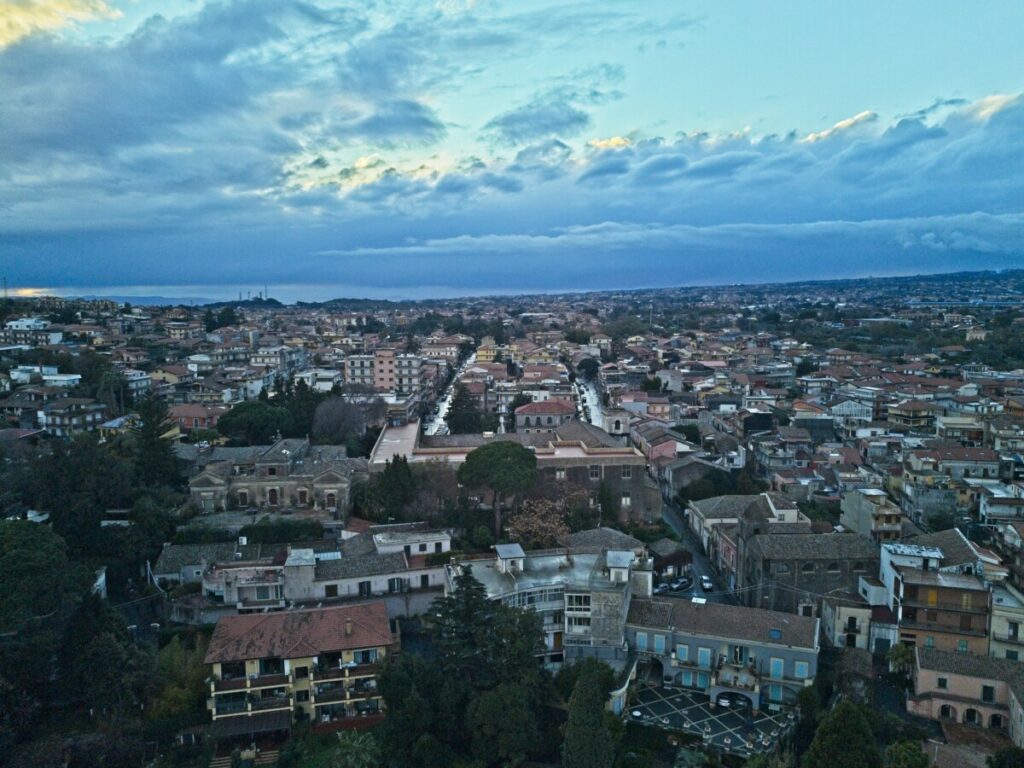
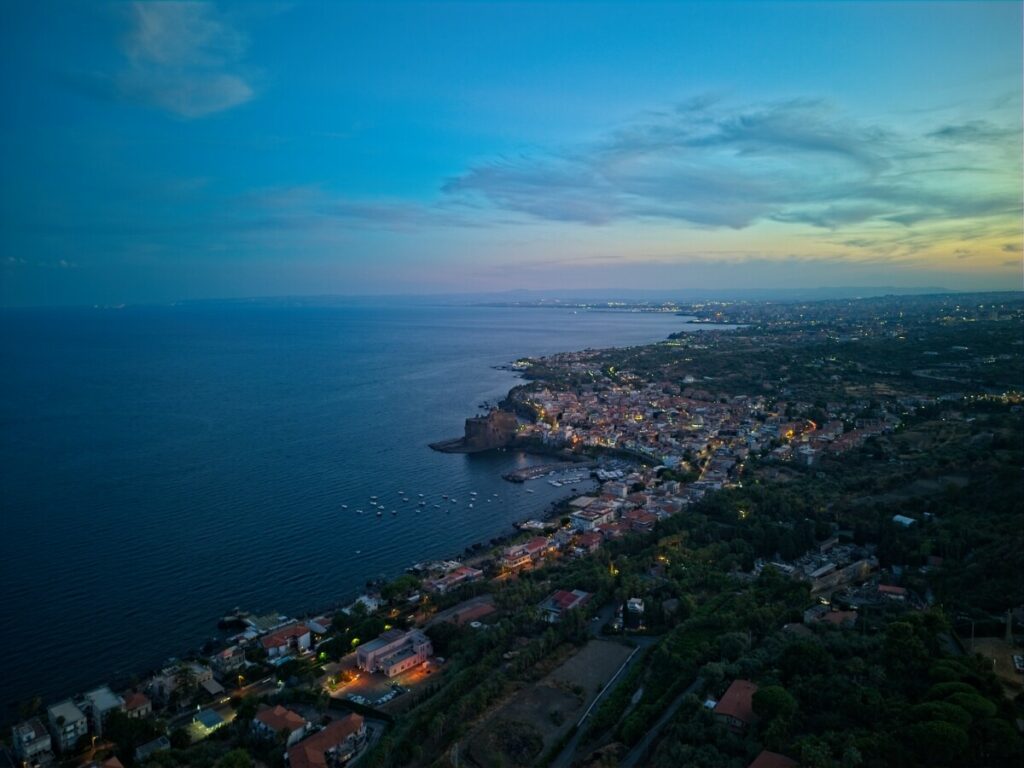
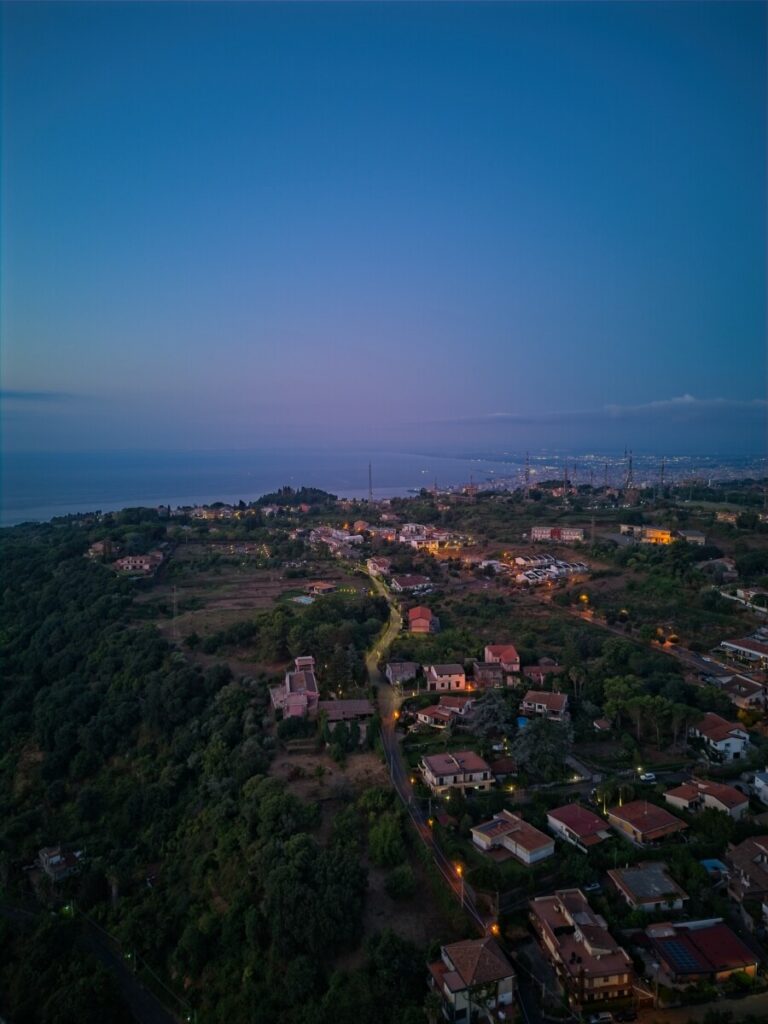
DJI Air 2S
The Air 2s has always been a favorite of many, including myself, for both video and photo quality. For still images, the color rendition is sublime, the detail is excellent
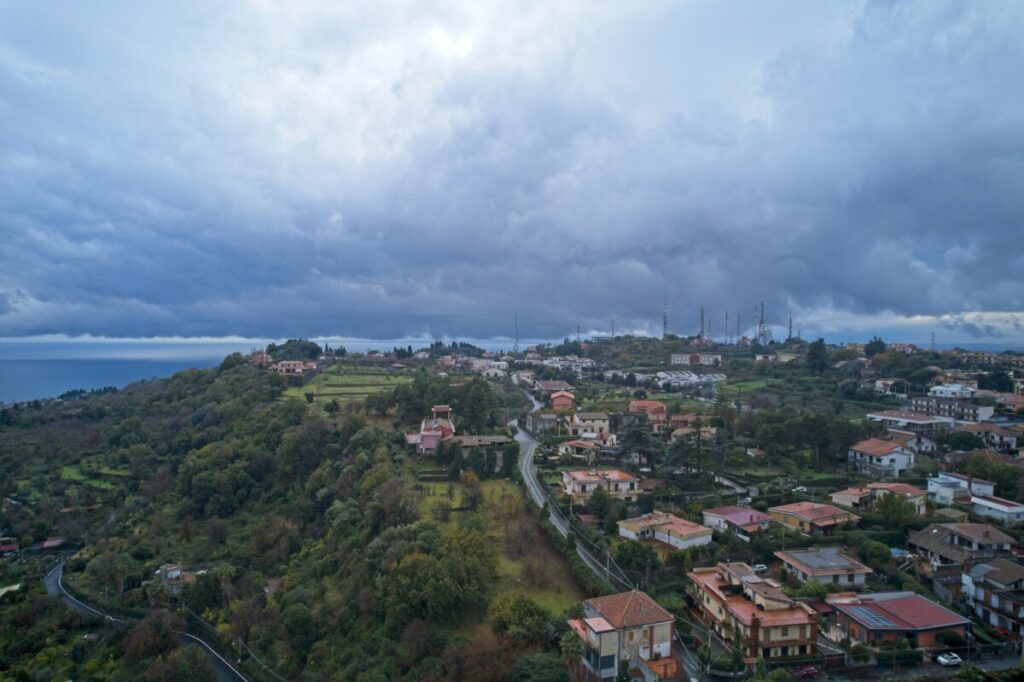
Compared to the Mini 3, in the Air 2s the dynamic range is slightly more extended, the files respond a bit better to color grading, and there is a lot more room for reframing, cropping, or for large prints, due to the higher photo resolution of 20 MP. The wind resistance is much higher, making it a better choice for users in windy areas
The only issue with this model is that it is the oldest of the three and in the meantime, the competition has improved dramatically. For still images, the Mini 3 is on the market at approximately half the price and it is so good that it is not easy to justify the price difference for users shooting photos for social media
On the other hand, professionals and semi-professional users might be attracted by the Mavic 3 Classic which offers several important and useful extra features at a price point that is not too far away
My analysis of the Air 2s for photography
More Air 2S Photos
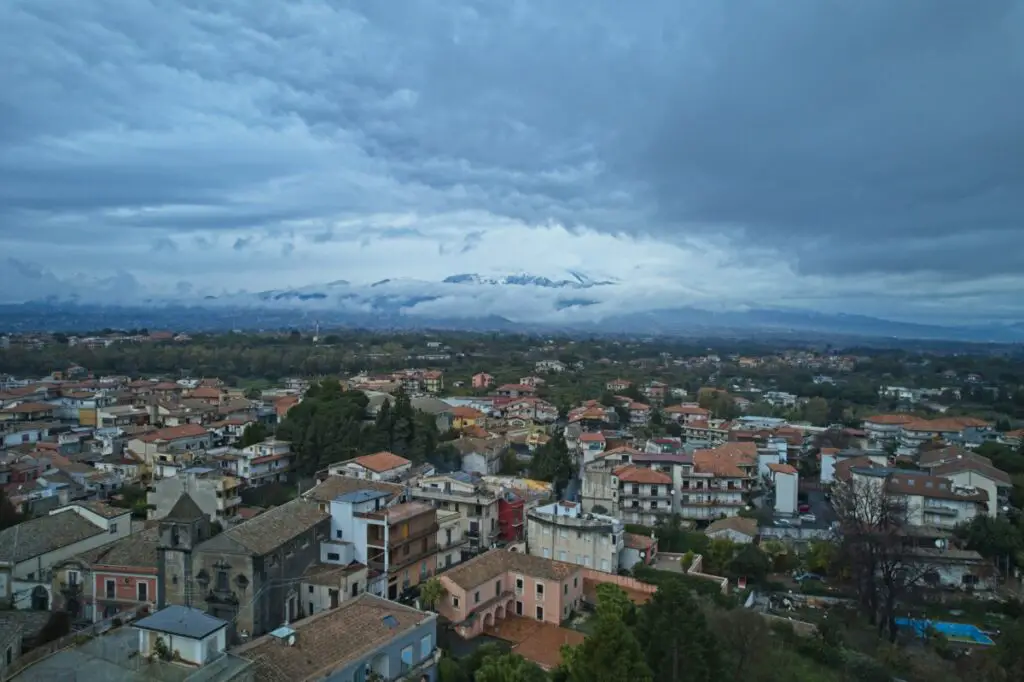
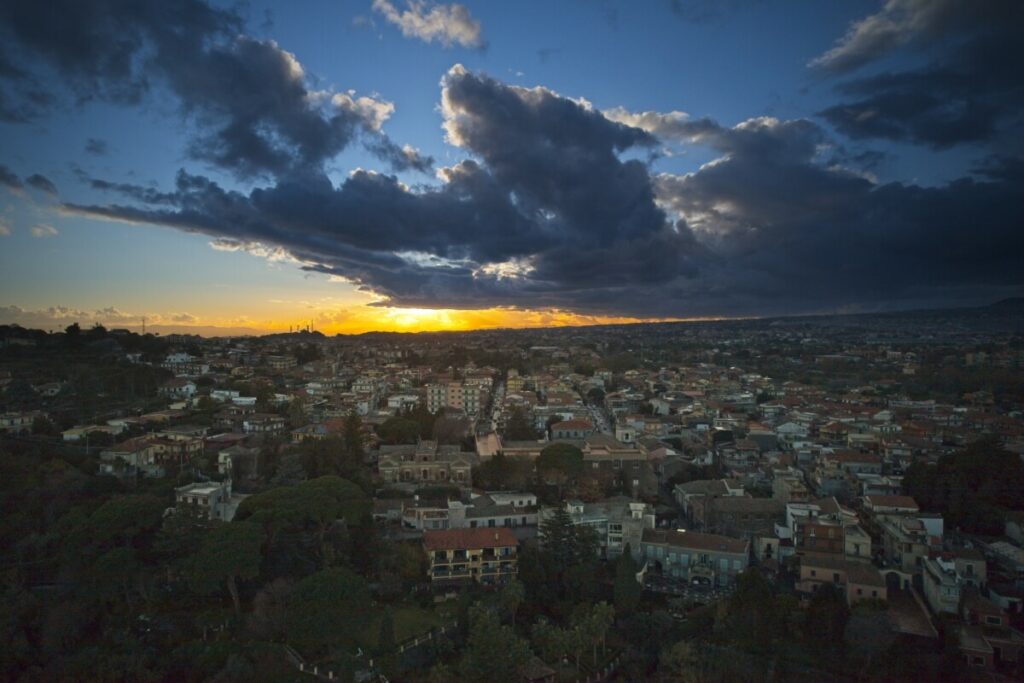
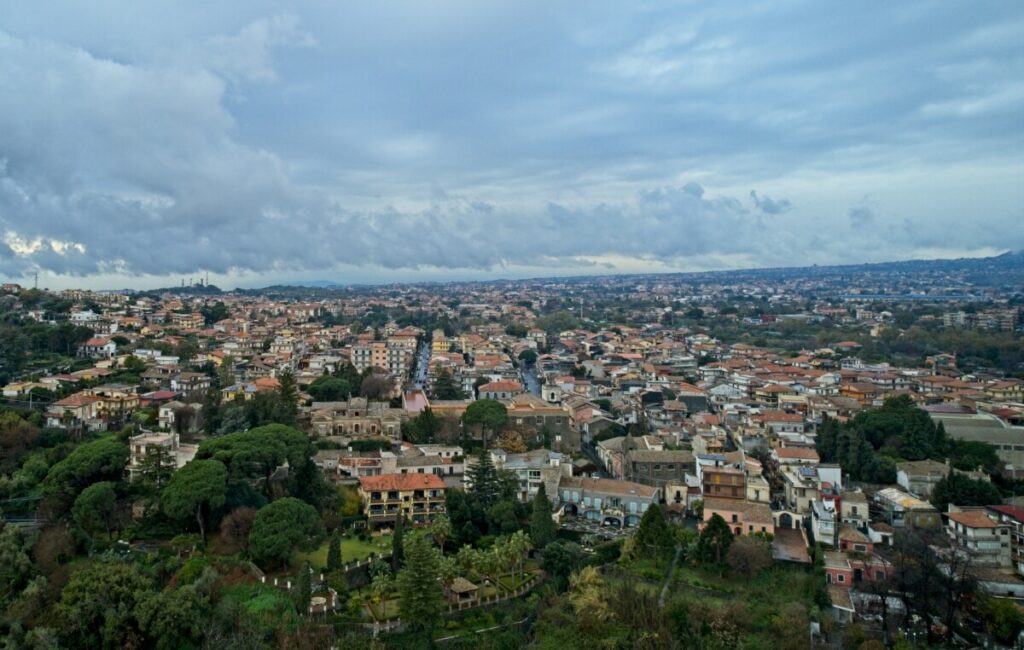
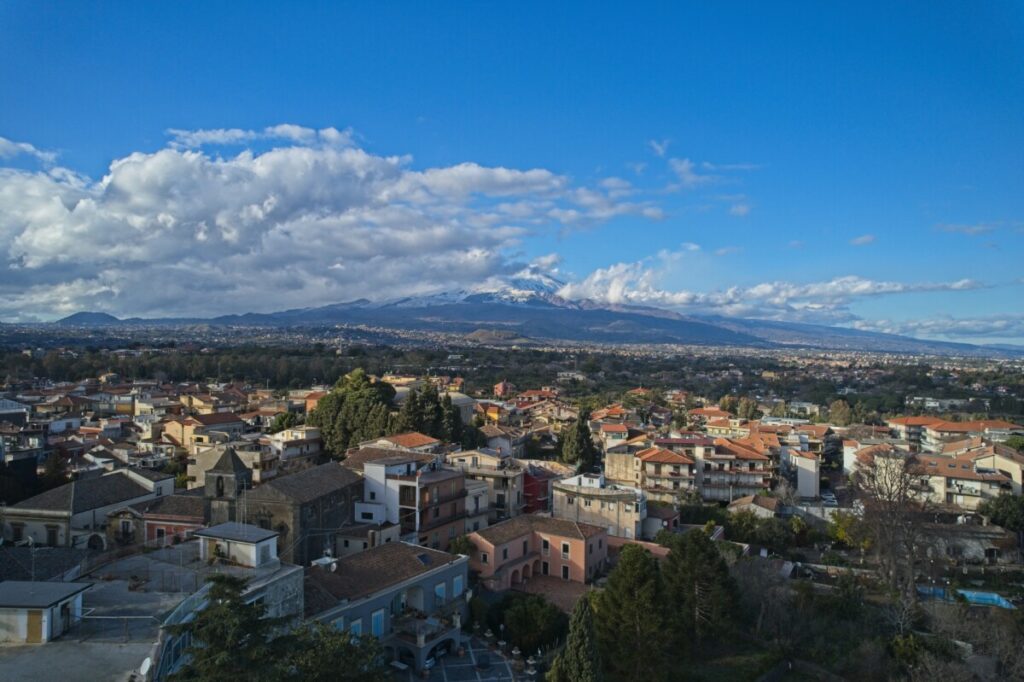
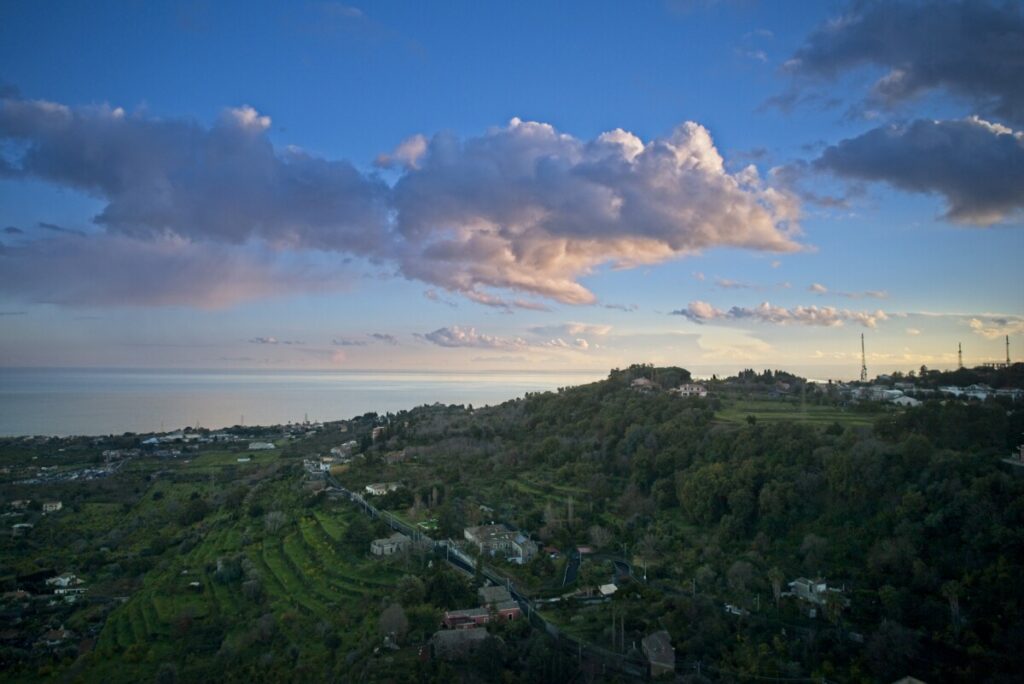
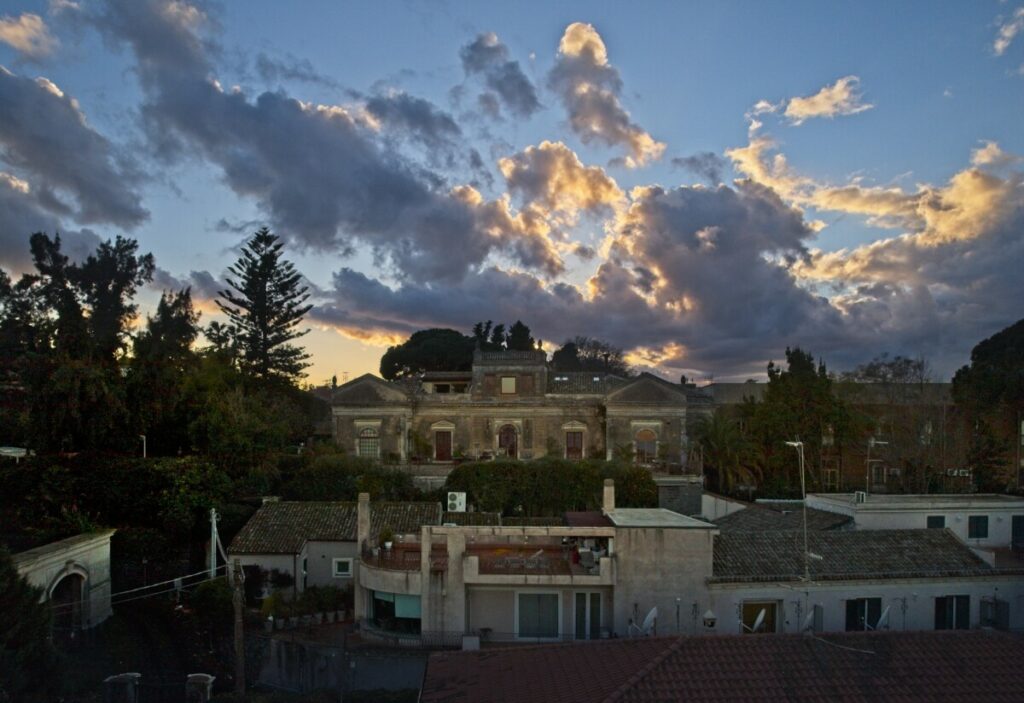
DJI Mavic 3 and 3 Classic
Images taken with the Mavic 3 respond extremely well to post-processing to easily access any possible shade of color. Thanks to the bigger 4/3” sensor the dynamic range is a bit wider. Hasselblad has put a big effort into the lens and the behavior against the sun is excellent
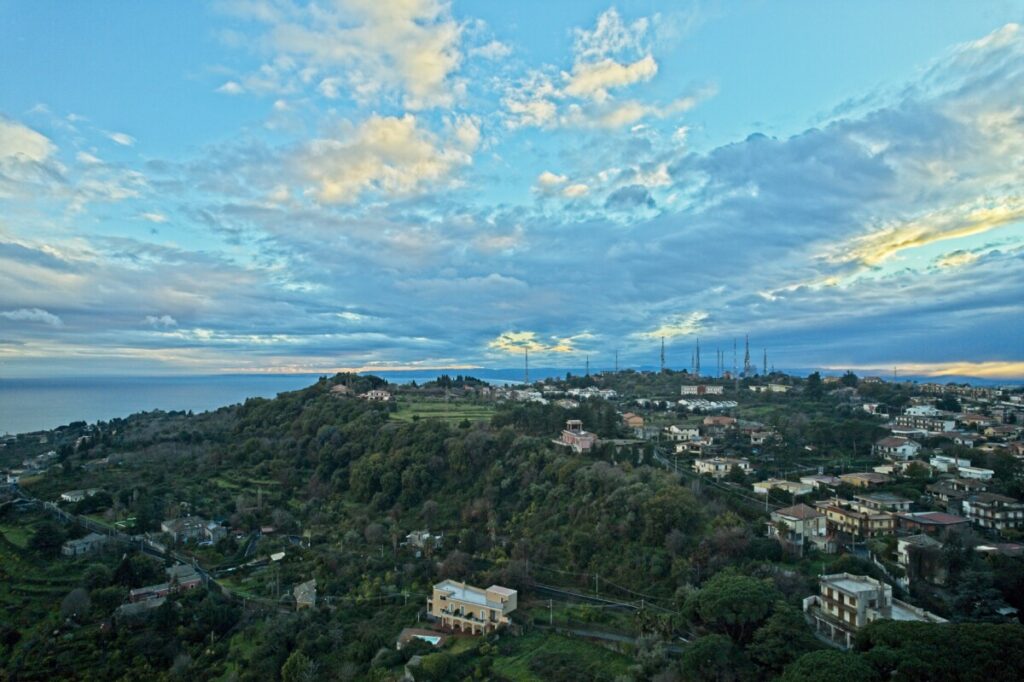
The photo quality in the Mavic 3 is slightly better than in the Air 2s, but the most important differences are in the features. The variable aperture is handy for optimizing exposure without swapping ND filters. The omnidirectional obstacle sensors can save the drone on many occasions. The much longer battery life is a welcome addition
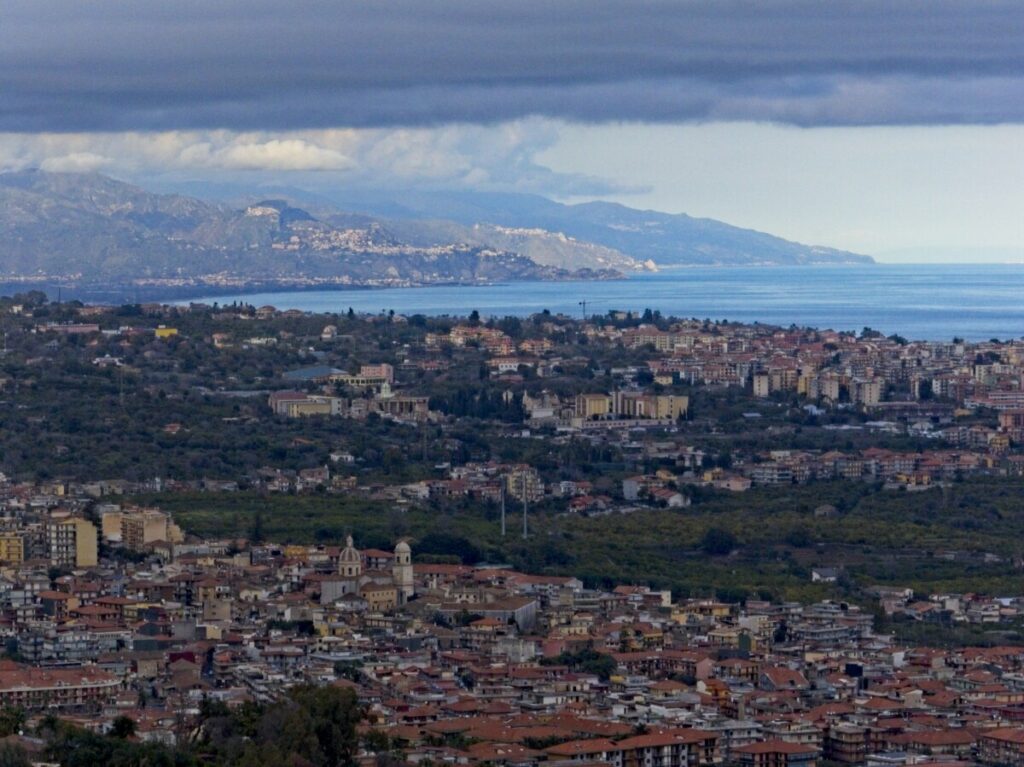
The only difference between the Mavic 3 and the 3 Classic is the dual lens system for the more expensive model. The very long telephoto lens is very handy for reaching a target too far away or avoiding disturbing wildlife, it also offers different perspectives for a very interesting parallax effect. The downside is that the quality is much lower than the one of the wide-angle lens
My analysis of the Mavic 3 for photography
More Mavic 3 Images
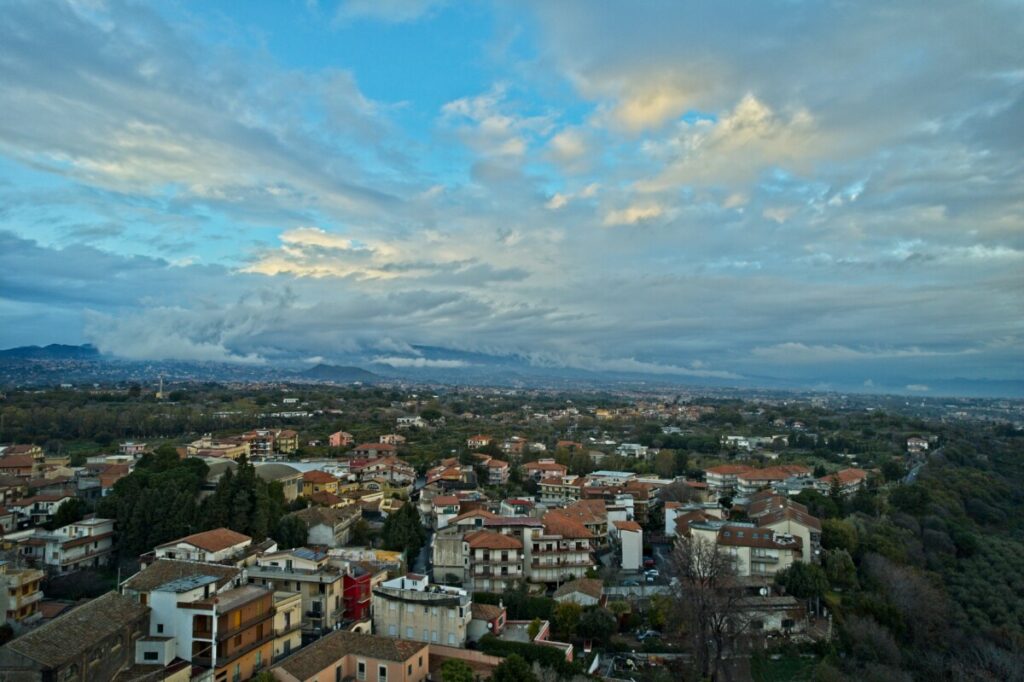
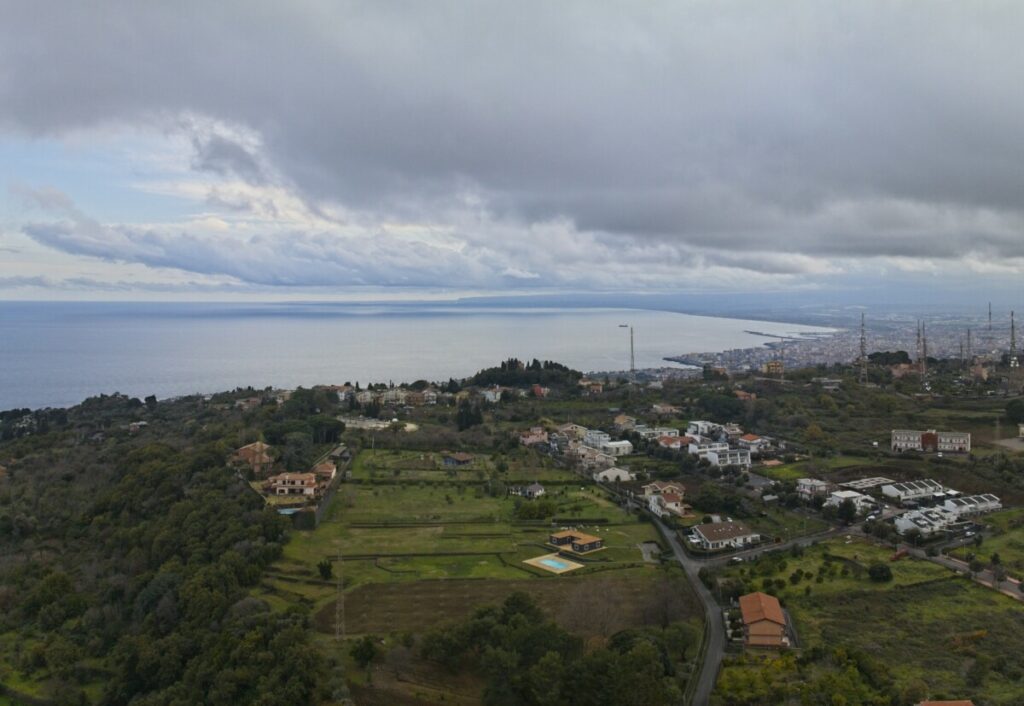
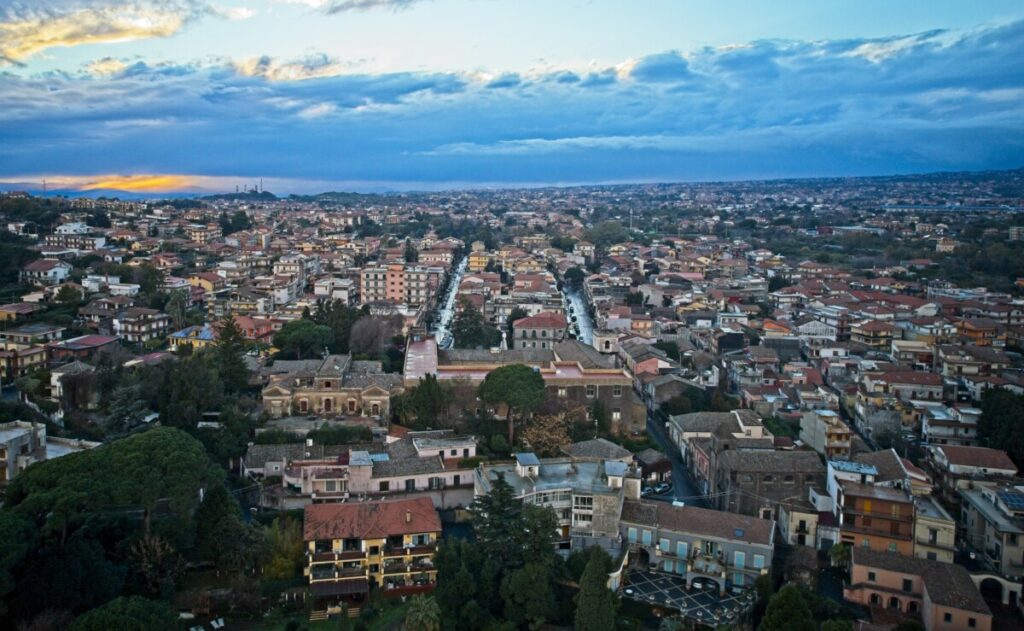
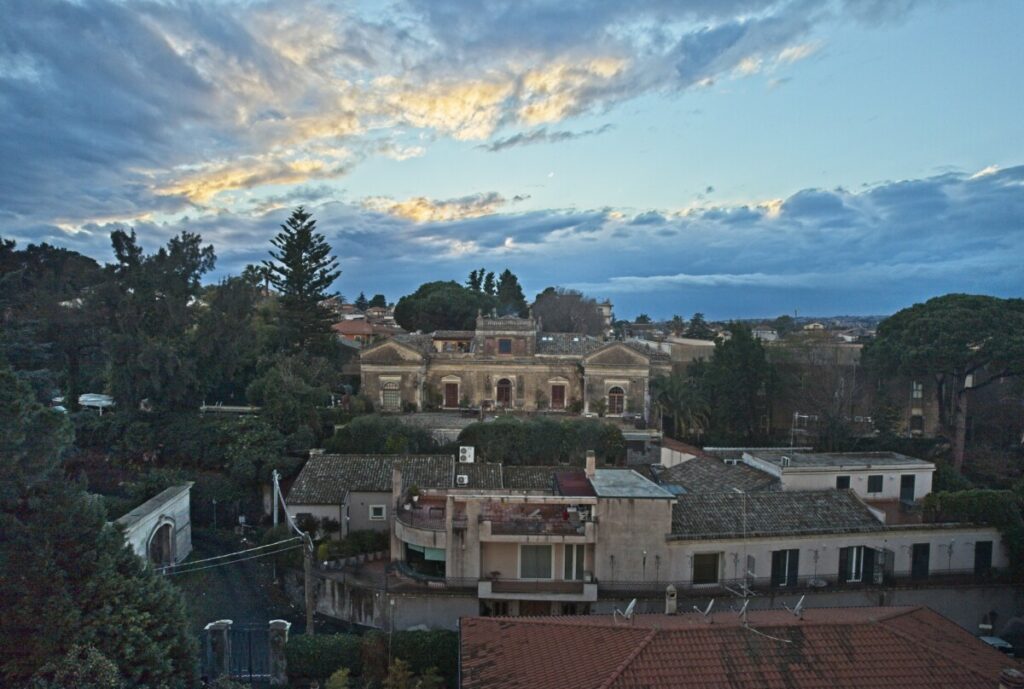
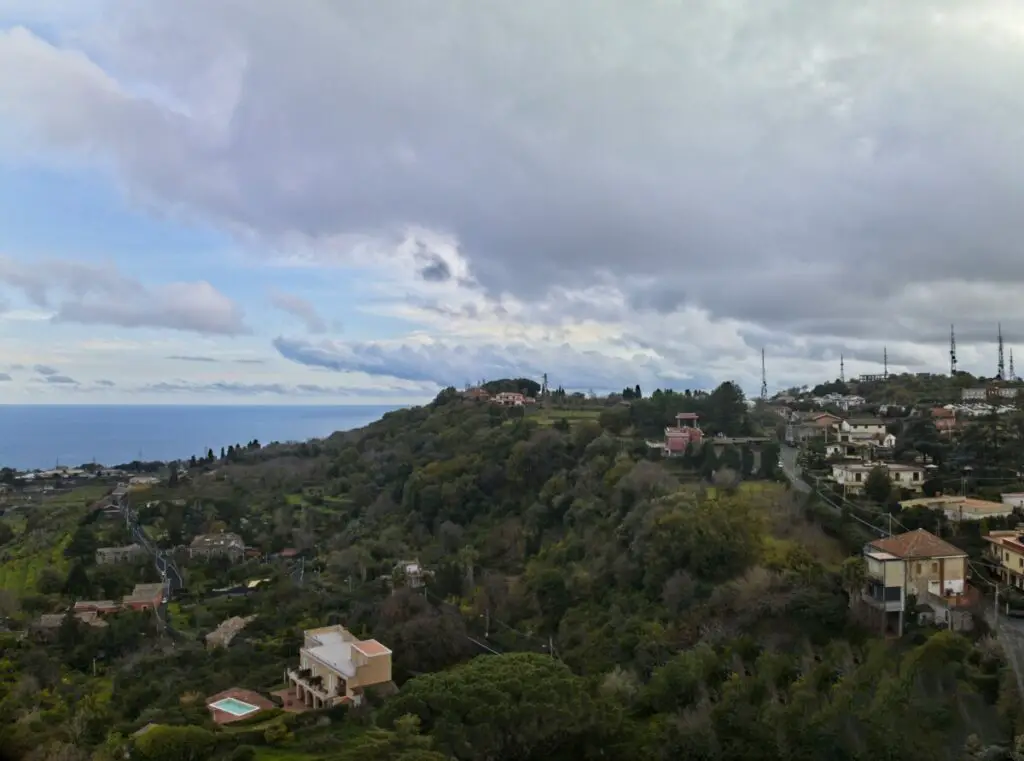
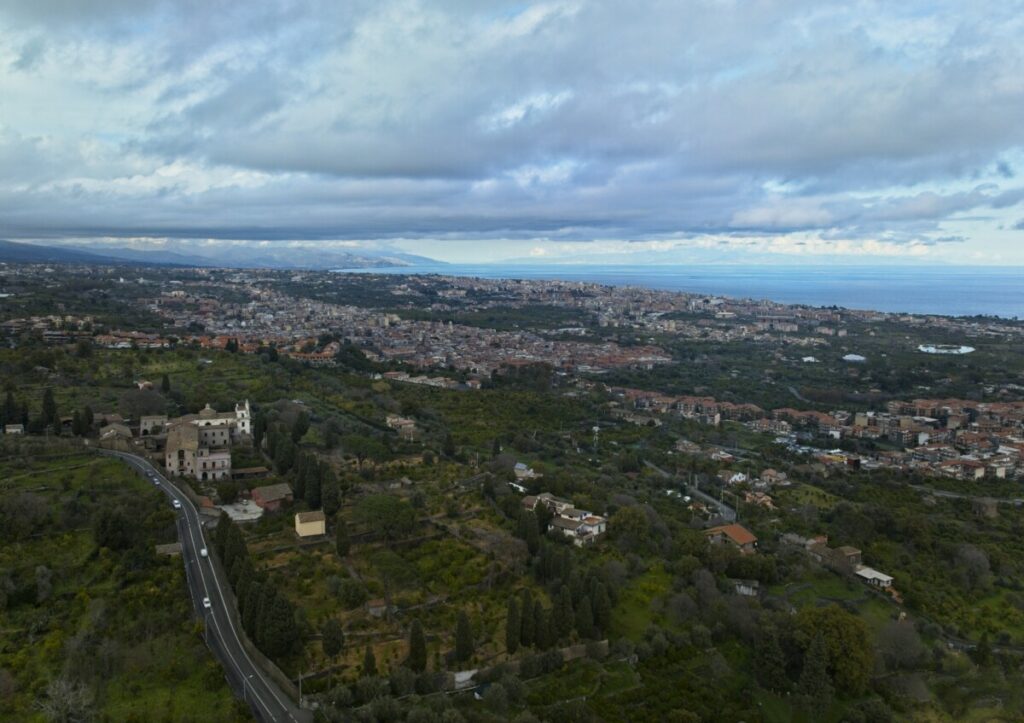
DJI has always been extremely good in marketing and in positioning its modes at price points that tempt users to go to the more expensive ones. Once again the price structure of the DJI prosumer line makes perfect sense, what is impressive is how much the quality has increased recently, especially at the lower end
In this article, I analyze the same models: Best drone for Hyperlapse, Mini 3 Pro vs Air 2s vs Mavic 3
